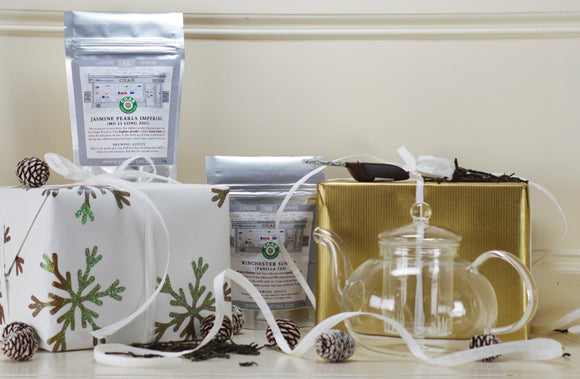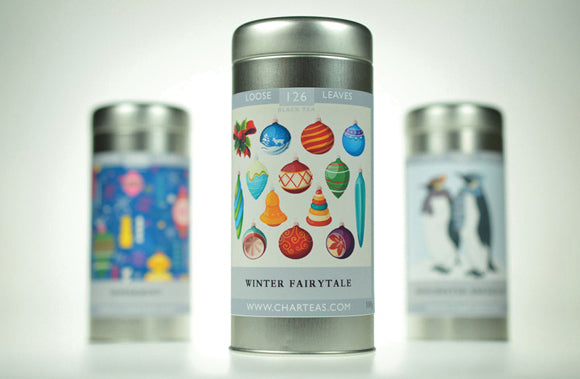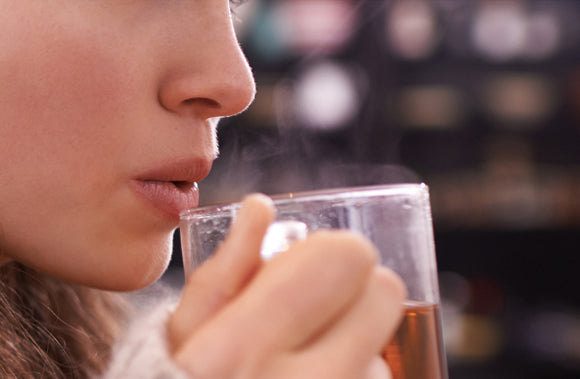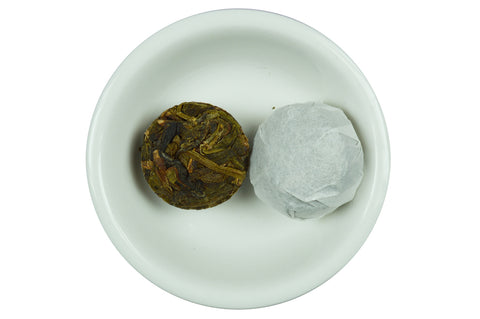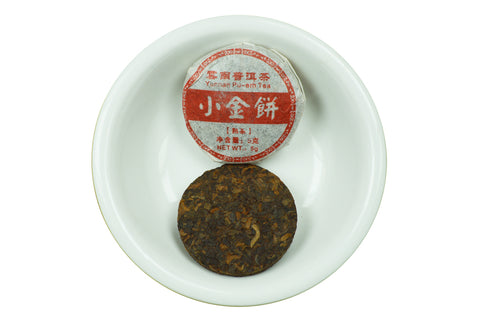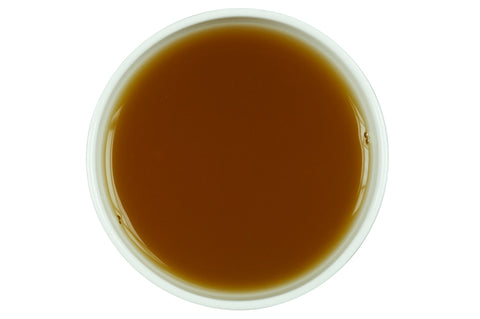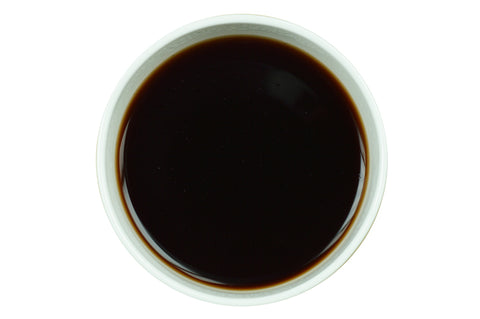
What is Raw vs. Cooked Pu Erh?
Pu Erh tea (pronounced poo-air or poo-er) is a unique and fascinating type of tea from Yunnan, China, renowned for its earthy, complex flavours and potential health benefits. Within the world of Pu Erh, there are two primary categories: Raw Pu Erh and Cooked Pu Erh. While both types of Pu Erh originate from the same plant, and are both highly-prized, (one of Char's owners once saw a Pu Erh tea cake in Harrods priced £23,700!) their processing methods significantly impact their character and taste both short and long-term, so it is best to know a little about each before you start.
Raw Pu Erh (Sheng Pu Erh)
Ageing Potential
Raw Pu Erh is famous for its exceptional ageing potential. Stored correctly, it can continue to improve in quality for decades, even centuries, developing increasingly complex and nuanced flavours. For this reason Raw Pu Erh cakes can make fantastic gifts at special points in life.
Processing
As you may expect from the name, Raw Pu Erh undergoes minimal processing after withering and drying. Following this, it is compressed into cakes, bricks, or other shapes and then stored for ageing.
Taste
Raw Pu Erh typically exhibits a lively, vibrant character with notes of greenness, floral aromas, and a slightly astringent finish. As it ages, however, the flavours evolve to become smoother and more mellow. They also are said to develop a what is known as "gu shui" – a sensation often described as a sweet aftertaste that lingers on the palate.
Cooked Pu Erh (Shou Pu Erh)
Aging Potential
While Cooked Pu Erh also ages well, its character tends to stabilise more quickly than Raw Pu Erh. Cooked Pu Erh continues to mellow and smooth out with time, but the dramatic flavour transformations seen in Raw Pu Erh are less pronounced. This is therefore a lovely tea to enjoy regularly, and its fermentation is said to provide good gut bacteria to help balance the microbiome. Pu Erh has long been reputed for aiding digestion and weight loss, as well as for its anti-inflammatory properties. Some research is beginning to support these claims, but there is much yet to be done before any strong claims can be made. If you are seeking information on Pu Erh for this purpose, speak with your GP.
Processing
Cooked Pu Erh undergoes a unique process known as “wo dui”, in which the tea leaves are piled and moistened. This creates a warm and humid environment which accelerates microbial activity. This process is then followed by drying the tea and compression, often into tea cakes.
Taste
Cooked Pu Erh tends to have a smoother, more mellow character than its raw counterpart. Notes of earthiness, woodiness, and a subtle sweetness are at the forefront of the taster's attention. It often has a darker, more intense liquor than raw Pu Erh, and is a flavour unto its own.
Which One Should You Try?
The choice between Raw and Cooked Pu Erh is a matter of personal preference.
- If you enjoy vibrant, lively flavours and the excitement of experiencing a tea that continues to evolve over time, Raw Pu Erh is a great choice.
- If you prefer smoother, more mellow flavours and a readily accessible tea with a less intense character, cooked Pu Erh may be more to your liking.
Raw Pu Erh (left) has a light, vibrant cup whereas Cooked Pu Erh (right) has a mellow, intense cup.
Tips for Enjoying Pu Erh:
- Use filtered water: This will help to preserve the delicate flavours of the tea.
- Warm your gaiwan or teapot: This will help to maintain the water temperature and enhance the aroma of the tea.
- Use appropriate brewing parameters: Adjust the water temperature and steeping time based on the age and type of Pu Erh.
- Store your Pu Erh properly: Keep your tea in a cool, dark, and dry place to protect it from moisture and light.
Disclaimer: This information is for general knowledge and informational purposes only and does not constitute medical advice.
Explore our range of Pu Erh here.

 Assam
Assam
 Black
Black
 Breakfast
Breakfast
 Caffeine Free
Caffeine Free
 Ceylon
Ceylon
 Cold Brew
Cold Brew
 Darjeeling
Darjeeling
 Decaffeinated
Decaffeinated
 Earl Grey
Earl Grey
 Favourites
Favourites
 Flavoured
Flavoured
 Flowering
Flowering
 Fruit
Fruit
 Green
Green
 Herbal
Herbal
 Jasmine
Jasmine
 Mate
Mate
 Oolong
Oolong
 Organic
Organic
 Pu Erh
Pu Erh
 Rooibos
Rooibos
 Scented
Scented
 Smoked
Smoked
 Sparkling
Sparkling
 White
White
 Winchester
Winchester
 Loose Tea
Loose Tea
 Tea Bags
Tea Bags
 Gift Caddies
Gift Caddies
 Teapots
Teapots
 Accessories
Accessories
 Tea Tins
Tea Tins
 Storage
Storage
